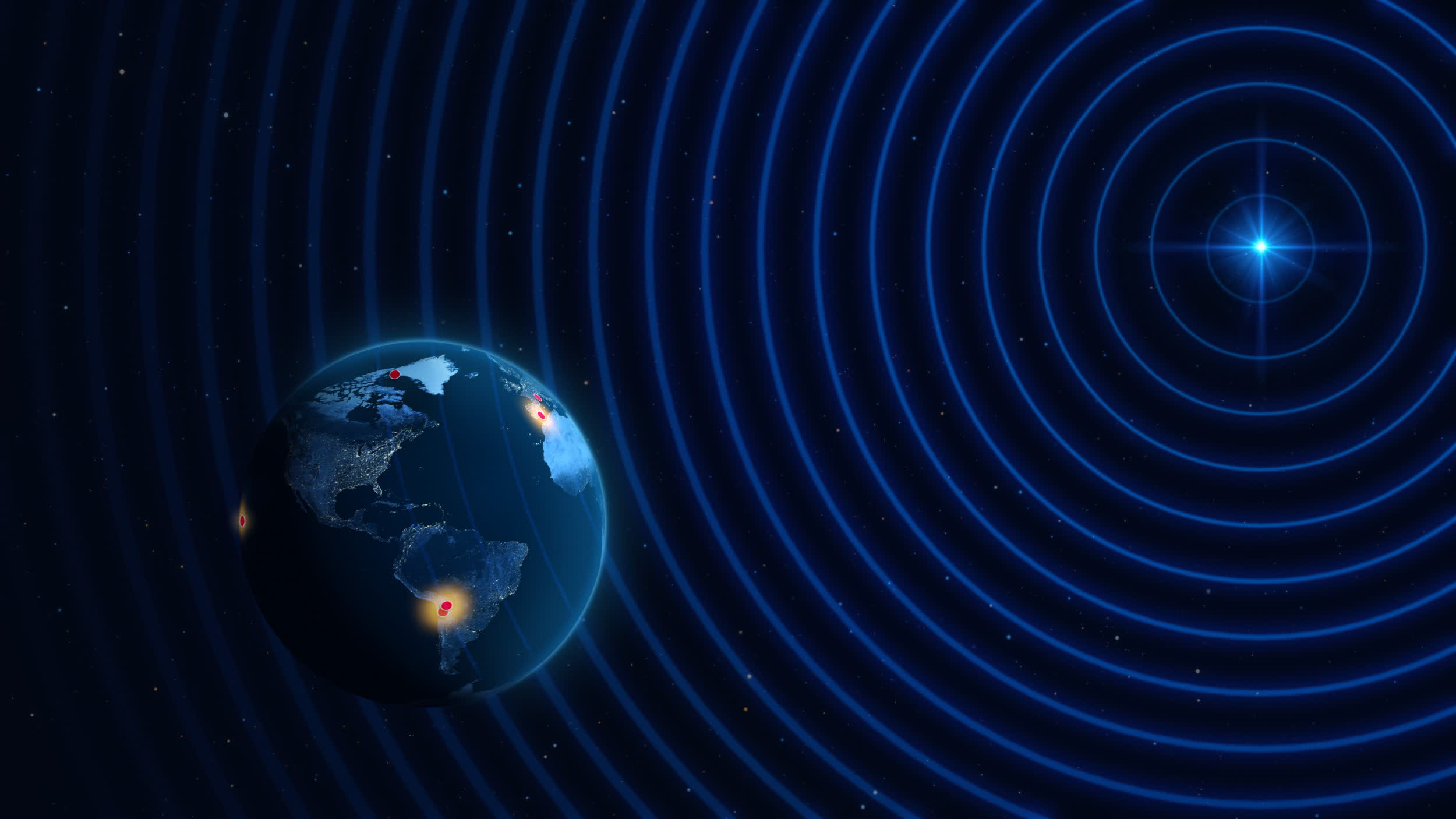
Space Wonders: After making headlines with the first-ever images of supermassive black holes at the centers of two different galaxies, the global collaboration known as the Event Horizon Telescope is preparing even more spectacular shots from space. By capturing data at different wavelengths, future images will achieve significantly higher resolution.
Researchers working with the Event Horizon Telescope program have tested a new method to observe deep space objects, particularly supermassive black holes. By using only a subset of the observatories in the EHT network, astronomers have achieved what is described as the highest resolution ever obtained from ground-based space observations.
The EHT Collaboration played a key role in capturing images of Sgr A* and M87*, the supermassive black holes at the centers of the Milky Way and Messier 87 galaxies, respectively. The EHT is a global network of various radio telescopes located at different points on Earth’s surface. These observatories are linked together using a technique known as very long baseline interferometry (VLBI), effectively forming a single, “Earth-sized” virtual telescope.
The first historical images of the black holes’ shadows were captured by observing the targets at a 1.3-mm wavelength, according to the European Southern Observatory. Researchers note that the final photos were still somewhat blurry because this wavelength represents the “absolute limit” of image sharpness.
The new tests focused on a radio frequency of 345 GHz, according to the ESO, which corresponds to a wavelength of 0.87 mm. No actual images were produced from light coming from distant galaxies because there were not enough antennas to gather the data needed to accurately reconstruct a graphical representation of the targets.
The pilot experiment was able to observe outer space with details as fine as 19 microarcseconds. With the full network of EHT telescopes, astronomers expect to achieve details as small as 13 microarcseconds. This level of resolution would be comparable to spotting a bottle cap on the Moon from Earth. At 0.87 mm, images of distant supermassive black holes would have about 50 percent higher resolution compared to previously released observations.
The researchers suggest that this new technique, and the test observations described in a newly published study, could offer a novel way to study black holes. Scientists would then have sufficient data to address some of the mysteries surrounding these incredibly massive space behemoths, such as explaining how black holes attract and accelerate matter at quasi-relativistic speeds.










